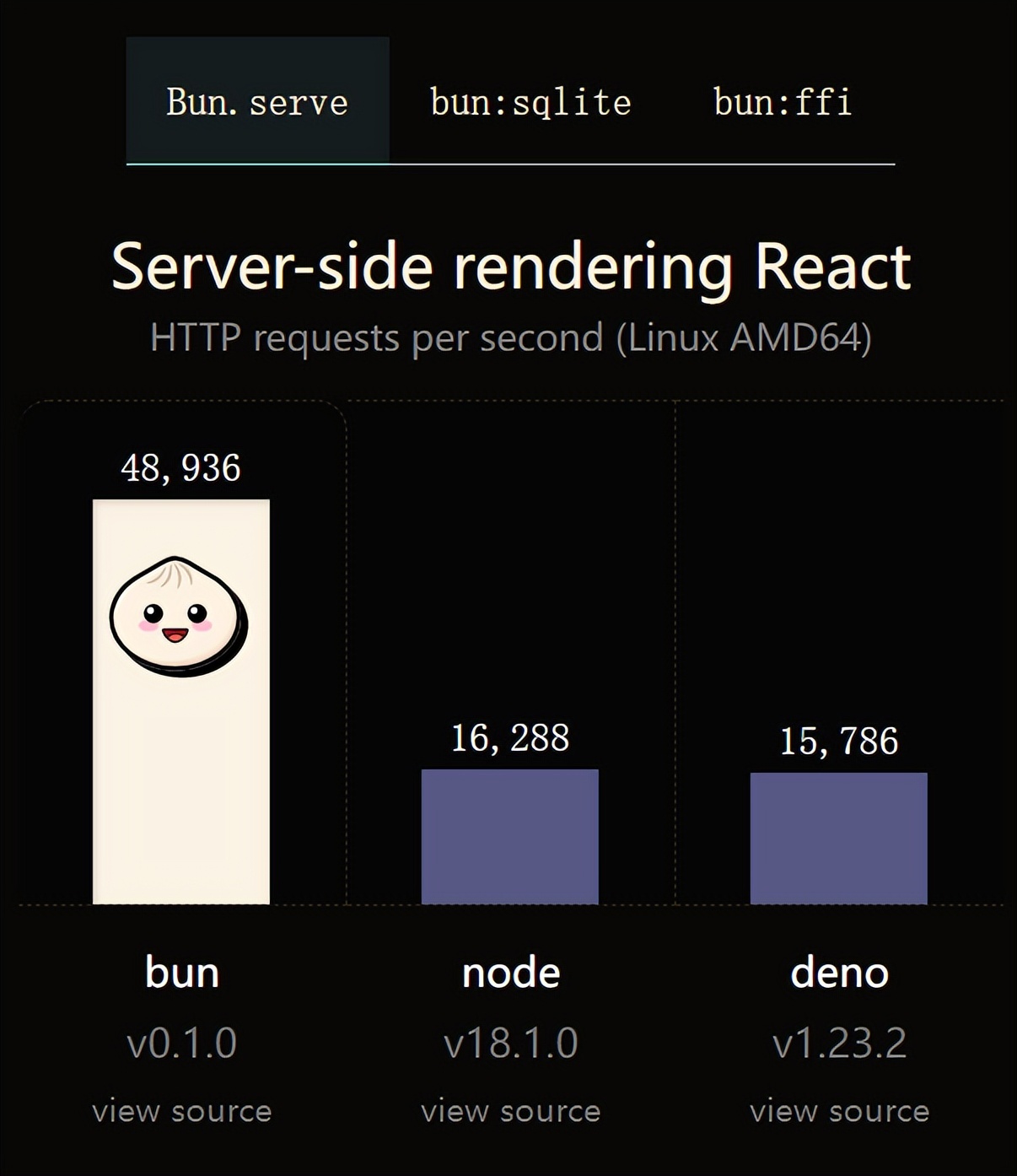The kindEditor official website provides integrated applications related to ASP, ASP.NET, and JSP. http://kindeditor.net/docs/upload.html can refer to the integration of nodejs and find that it is easier to use nodejs
Environment:
unbuntu 14.10
nodejs 0.10.35
express 4.11.2
formidable 1.0.16
kindEditor 4.1.10
webStorm 8
1. Create a project named test through IDE or terminal
2. Edit package.json to add formidable dependencies. The 1.0.16 version is used here, and then execute npm install through the terminal to complete the installation of dependencies
3. Place the entire kindEditor directory under test/public/lib
4. Modify index.ejs and index.js files
Integrate kindEditor in index.ejs:
Set the uploadJson of kindEditor to the routing url provided by nodejs for processing image uploads. The /uploadImg
is used here.
Add the routing url to handle image uploads in index.js:
Add the post processing method corresponding to /uploadImg,
The code is as follows:
index.js
<script><br /> var options = {<br /> uploadJson: '/uploadImg'<br /> };<br /> KindEditor.ready(function(K) {<br /> window.editor = K.create('#editor', options);<br /> });<br /> </script>
var router = express.Router();
var formidable = require('formidable');
/* GET home page. */
router.get('/', function(req, res, next) {
res.render('index', { title: 'Image upload' });
});
router.post('/uploadImg', function(req, res, next) {
var form = new formidable.IncomingForm();
Form.keepExtensions = true;
Form.uploadDir = __dirname '/../public/upload';
Form.parse(req, function (err, fields, files) {
If (err) {
throw err;
}
var image = files.imgFile;
var path = image.path;
Path = path.replace('/\/g', '/');
var url = '/upload' path.substr(path.lastIndexOf('/'), path.length);
var info = {
"error": 0,
"url": url
};
res.send(info);
});
});
module.exports = router;
http://localhost:3000 to upload images
 Vercel是什么?怎么部署Node服务?May 07, 2022 pm 09:34 PM
Vercel是什么?怎么部署Node服务?May 07, 2022 pm 09:34 PMVercel是什么?本篇文章带大家了解一下Vercel,并介绍一下在Vercel中部署 Node 服务的方法,希望对大家有所帮助!
 node.js gm是什么Jul 12, 2022 pm 06:28 PM
node.js gm是什么Jul 12, 2022 pm 06:28 PMgm是基于node.js的图片处理插件,它封装了图片处理工具GraphicsMagick(GM)和ImageMagick(IM),可使用spawn的方式调用。gm插件不是node默认安装的,需执行“npm install gm -S”进行安装才可使用。
 聊聊Node.js中的多进程和多线程Jul 25, 2022 pm 07:45 PM
聊聊Node.js中的多进程和多线程Jul 25, 2022 pm 07:45 PM大家都知道 Node.js 是单线程的,却不知它也提供了多进(线)程模块来加速处理一些特殊任务,本文便带领大家了解下 Node.js 的多进(线)程,希望对大家有所帮助!
 火了!新的JavaScript运行时:Bun,性能完爆NodeJul 15, 2022 pm 02:03 PM
火了!新的JavaScript运行时:Bun,性能完爆NodeJul 15, 2022 pm 02:03 PM今天跟大家介绍一个最新开源的 javaScript 运行时:Bun.js。比 Node.js 快三倍,新 JavaScript 运行时 Bun 火了!
 nodejs中lts是什么意思Jun 29, 2022 pm 03:30 PM
nodejs中lts是什么意思Jun 29, 2022 pm 03:30 PM在nodejs中,lts是长期支持的意思,是“Long Time Support”的缩写;Node有奇数版本和偶数版本两条发布流程线,当一个奇数版本发布后,最近的一个偶数版本会立即进入LTS维护计划,一直持续18个月,在之后会有12个月的延长维护期,lts期间可以支持“bug fix”变更。
 node爬取数据实例:聊聊怎么抓取小说章节May 02, 2022 am 10:00 AM
node爬取数据实例:聊聊怎么抓取小说章节May 02, 2022 am 10:00 AMnode怎么爬取数据?下面本篇文章给大家分享一个node爬虫实例,聊聊利用node抓取小说章节的方法,希望对大家有所帮助!


Hot AI Tools

Undresser.AI Undress
AI-powered app for creating realistic nude photos

AI Clothes Remover
Online AI tool for removing clothes from photos.

Undress AI Tool
Undress images for free

Clothoff.io
AI clothes remover

AI Hentai Generator
Generate AI Hentai for free.

Hot Article

Hot Tools

DVWA
Damn Vulnerable Web App (DVWA) is a PHP/MySQL web application that is very vulnerable. Its main goals are to be an aid for security professionals to test their skills and tools in a legal environment, to help web developers better understand the process of securing web applications, and to help teachers/students teach/learn in a classroom environment Web application security. The goal of DVWA is to practice some of the most common web vulnerabilities through a simple and straightforward interface, with varying degrees of difficulty. Please note that this software

SublimeText3 Mac version
God-level code editing software (SublimeText3)

PhpStorm Mac version
The latest (2018.2.1) professional PHP integrated development tool

Safe Exam Browser
Safe Exam Browser is a secure browser environment for taking online exams securely. This software turns any computer into a secure workstation. It controls access to any utility and prevents students from using unauthorized resources.

Zend Studio 13.0.1
Powerful PHP integrated development environment








